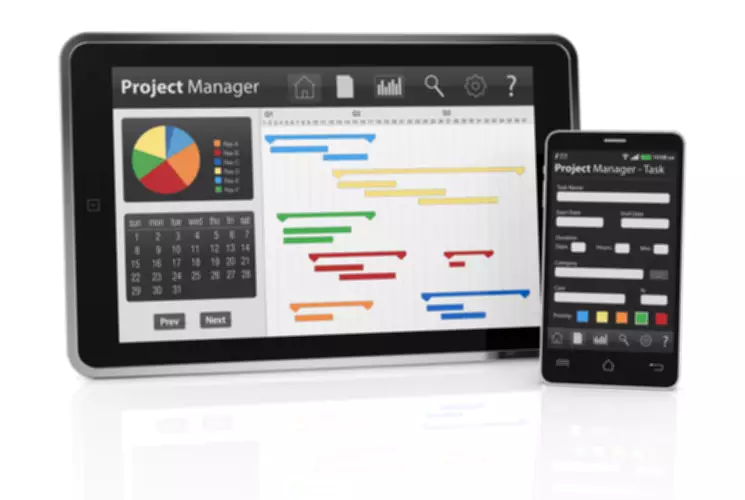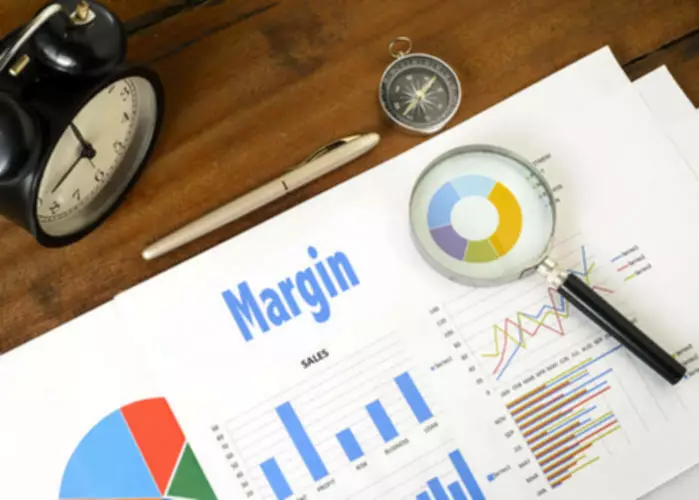Intrinsicly evisculate emerging cutting edge scenarios redefine future-proof e-markets demand line
Gallery Posts






Working Hours
| Mone - Fri: | 09:00 - 06:00 |
|---|---|
| Saturday: | 09:00 - 12:00 |
| Sunnday | 09:00 - 04:00 |
| Monday | 09:00 - 05:00 |
Content

The minimum efficient scale is scale of production at which average cost of production reaches its minimum point. Up to a certain point, more production volume reduces the cost per unit of production. The more output that is produced, the more thinly spread the fixed costs of production across the units of output are. Furthermore, production economies of scale can lower the threat of new entrants (competitors) into the industry. The unit cost is the amount of money it takes to produce one unit of an item. Mathematically, it is the total cost to produce a product divided by the number of units produced.
Import and export costs can vary as the business becomes more experienced. With time you will make it possible to negotiate fixed contracts with transport and haulage firms or to even bring the operation in-house. Businesses are the usual organizations that use unit cost but other organizations like government https://www.bookstime.com/articles/how-to-calculate-cost-per-unit agencies can use them too to get a better understanding of finances. A cost per unit is a metric used to describe the cost to produce, purchase, buy, etc one unit of anything. Unprofitable products can accumulate unnecessary storage fees and tie up capital better used elsewhere in your business.
After all, deadstock will only block capital and hike holding fees. Dealing with these common inventory challenges can hike up logistics costs, from higher storage costs to returns management (e.g., shipping labels, processing and restocking). Calculating cost per unit is also important, because it gives ecommerce companies an idea of how much they should charge for each of their products to be profitable. The average variable cost, also known as the variable cost average, is computed by divides the variable cost by the output amount. To be able to compare this cost to cost of another strip of different size you need to calculate cost per unit of volume. For example, if you use millimeters for dimensions, you need the cost per cubic millimeter for first and for the second strip.
Companies with lower costs per unit tend to stay more competitive within the industry. Variable costs include any expenses that increase or decrease in proportion to how many units you are producing. Examples of these costs would normally include the materials you use to produce your items, labor put into those items and packaging. If you use rental vans to deliver items, this expense would also be a variable cost. Another way to look at variable costs is if you were to stop producing any products, then there should be no variable costs on your spreadsheet. So, if you can lower your logistic cost, you can reduce the cost per good and service.
In this sense, compute it as cost of goods available for sale divided by the number of units available for sale. This will give you the average per-unit value of the inventory of goods available for sale. https://www.bookstime.com/ Average cost per unit of production is equal to total cost of production divided by the number of units produced. Especially over the long-term, average cost normalizes the cost per unit of production.
Our tool lets you find the fastest route options to deliver your items quickly and avoid traffic or road closures. Kristina is the Director of Marketing Communications at ShipBob, where she writes various articles, case studies, and other resources to help ecommerce brands grow their business. “ShipBob’s Inventory Planner integration allows us to have all of our warehouse forecasting and inventory numbers in one platform. “For reverse logistics, we have also been leveraging ShipBob’s Returns API to automate and streamline our routine RMA processes.
Harold Averkamp (CPA, MBA) has worked as a university accounting instructor, accountant, and consultant for more than 25 years. He is the sole author of all the materials on AccountingCoach.com. Insights into the political and economic events worldwide that can cause currencies to change and how this can affect your FX business.

It’s important to have a good grasp of your fixed and variable costs when trying to figure out how much it costs to make something or offer a service. One such metric is cost per unit, or the total cost of producing a product or service. Partnering with ShipBob is one of the best ways for ecommerce businesses to reduce costs by taking advantage of an international fulfillment presence and storing inventory closer to your customers. While the cost per unit refers to how much you spend to deliver one unit, the price per unit refers to how much you charge customers for each item sold. In February 2022, the variable cost incurred was $3,000, which includes raw materials, electricity, and labor. In terms of salaries, rent, and other overhead, their monthly fixed cost of production is $5,000.
Generally, the price is higher than the cost per unit so the company makes a profit. These costs help determine the cost per unit, which is how much each cookie costs to make. Reduce your cost per unit and increase operational efficiency by optimizing your delivery process with Circuit for Teams. If you know what sales volumes to anticipate, you can manage your inventory accordingly to reduce costs. While you can always try to get customers to spend more (or you can charge them more money), the root cause of low margins is often high costs for the business. While Greg can mark up the price of his candles (charging customers more than his competitor), he knows he should identify ways to reduce his costs to have a healthier margin.

A unit cost is the total expenditure spent to produce an individual unit of goods or services. This is determined by adding fixed costs with variable costs for production or service delivery. It is usually simpler to calculate the cost of total production per run or period of time and then divide the amount by the number of units produced. Your total fixed costs will remain constant even if the production quantity is high or low in that period. Some best examples of fixed costs are overhead, salaries, rent, business insurance, property tax, and more.
Businesses with high fixed costs generally operate differently than those with high variable costs. AccountingTools states that the cost per unit should decrease as unit production increases. This is because the fixed costs of production are being distributed across more units, which also means that the cost per unit will vary based on those factors. We use price per unit so that customers can easily calculate and decide how much quantity of a product they want to purchase. This also allows for an easy calculation for sellers to include production costs or delivery costs, for example, all in one sales price.

In the case of eCommerce businesses, reducing the cost per unit can be especially important since these companies often face stiff competition and tight margins. But you might charge your customers $2.50 per cookie, which is the price per unit. This means the company must price each unit at more than $21.25 to cover costs and make a profit. Fixed costs, on the other hand, remain constant regardless of unit volume or sales. These costs may include property taxes, insurance premiums, asset depreciation, salaries, and other expenses that do not vary.
Unit cost can also be known as the cost of goods sold, average cost, or cost per unit. Businesses use unit costs to see how efficient their product production is. Calculating unit costs is also important in business accounting to organize financial statements and accurately report taxes.
And by implementing effective customer management practices, you can make sure orders are fulfilled on time and customers are satisfied with their purchases. You can reduce these costs by taking a comprehensive look at your business operations and identifying areas where you can make adjustments. When you use your warehouse space efficiently (like adding shelves, organizers, and wall storage), you can fit more items into less space. One way to reduce these costs is by using Circuit for Teams to optimize delivery routes. In any organization, understanding and monitoring key financial metrics that drive profitability is crucial for steering your business toward success.
A portion of an electric bill is usually a service fee with the cost of lighting and powering office equipment. However, another portion of the bill may be directly related to how long your production equipment is running. To ensure you get a clear picture of your cost per unit, break down your mixed costs into their fixed and variable components.